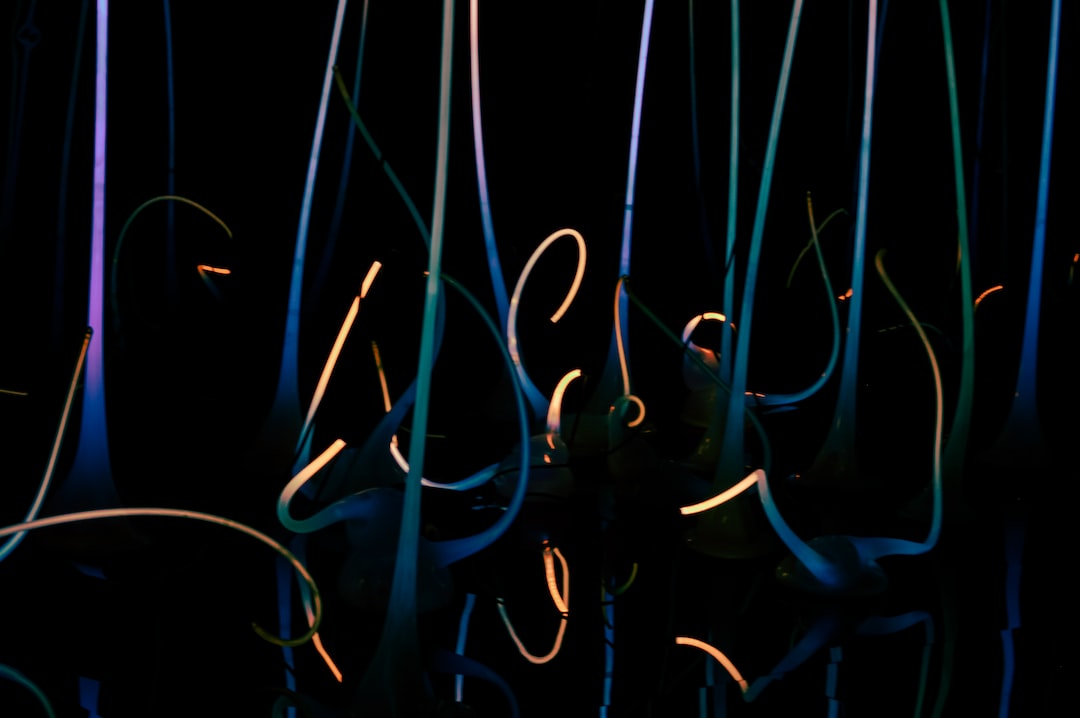Exploring Indigenous Art: Celebrating Cultural Diversity and Tradition
Art has always been a powerful medium for self-expression and cultural preservation. Indigenous art, in particular, holds a significant place in the artistic world as it not only represents the unique heritage and traditions of indigenous peoples but also celebrates their cultural diversity. In this blog post, we will delve into the world of indigenous art, highlighting its beauty and importance in the modern-day society.
Indigenous art is deeply rooted in history, with its origins dating back thousands of years. It is a reflection of the spiritual and cultural beliefs of indigenous communities, capturing their connection to the land, animals, and ancestors. From intricate carvings to vibrant paintings, indigenous art encompasses a wide range of mediums, each with its own significance and symbolism.
One of the most widely recognized forms of indigenous art is totem poles, found primarily in the indigenous cultures of North America. These towering sculptures showcase various animal and spirit figures that represent the lineage and stories of a particular community. Totem poles are not only visually striking but also function as a means of preserving tribal history and customs.
Another prominent aspect of indigenous art is rock paintings and cave art, which can be found in different parts of the world. These ancient artworks serve as a testament to the rich cultural heritage and connection to the natural environment. The intricate patterns and symbols depicted in these paintings often hold deep spiritual meanings, revealing the profound relationship between indigenous peoples and the world around them.
Indigenous textiles and clothing also play a significant role in preserving cultural traditions. From intricate beadwork to vibrant patterns, indigenous textiles tell a story of identity, history, and community. For example, the vibrant, hand-woven textiles of the Quechua people in the Andean region of South America are not only visually stunning but also reflect their connection to their Inca ancestors and the natural environment.
One of the remarkable things about indigenous art is its ability to adapt and evolve over time. While still rooted in traditional techniques and symbolism, contemporary indigenous artists are continually exploring new mediums and styles. These artists often employ their creativity to address current social and political issues while still staying true to their cultural roots.
The importance of indigenous art in today’s society is undeniable. It serves as a platform for indigenous peoples to reclaim their narrative and challenge stereotypes and misconceptions. It is through art that indigenous communities can showcase their resilience, strength, and beauty to the wider world. Additionally, it provides a means of cultural transmission, allowing younger generations to learn about their heritage, traditions, and values.
The celebration of indigenous art and cultural diversity is not limited to the indigenous community itself. It is an opportunity for individuals from different backgrounds to appreciate and learn from the wisdom and creativity of indigenous peoples. By exploring indigenous art, we can gain a deeper understanding and respect for cultural diversity, fostering a more inclusive and tolerant society.
The preservation and promotion of indigenous art require collective effort. Governments and institutions have a responsibility to provide support and resources for indigenous artists and organizations. Buying indigenous artworks directly from artists or reputable sources can also play a significant role in supporting the preservation of this unique art form.
In conclusion, indigenous art represents the soul and identity of indigenous peoples worldwide. It is a celebration of cultural diversity, tradition, and resilience. By exploring and appreciating indigenous art, we contribute to the preservation of cultural heritage and promote understanding and respect for indigenous communities. Let us continue to celebrate and embrace the beauty and significance of indigenous art in all its forms.


